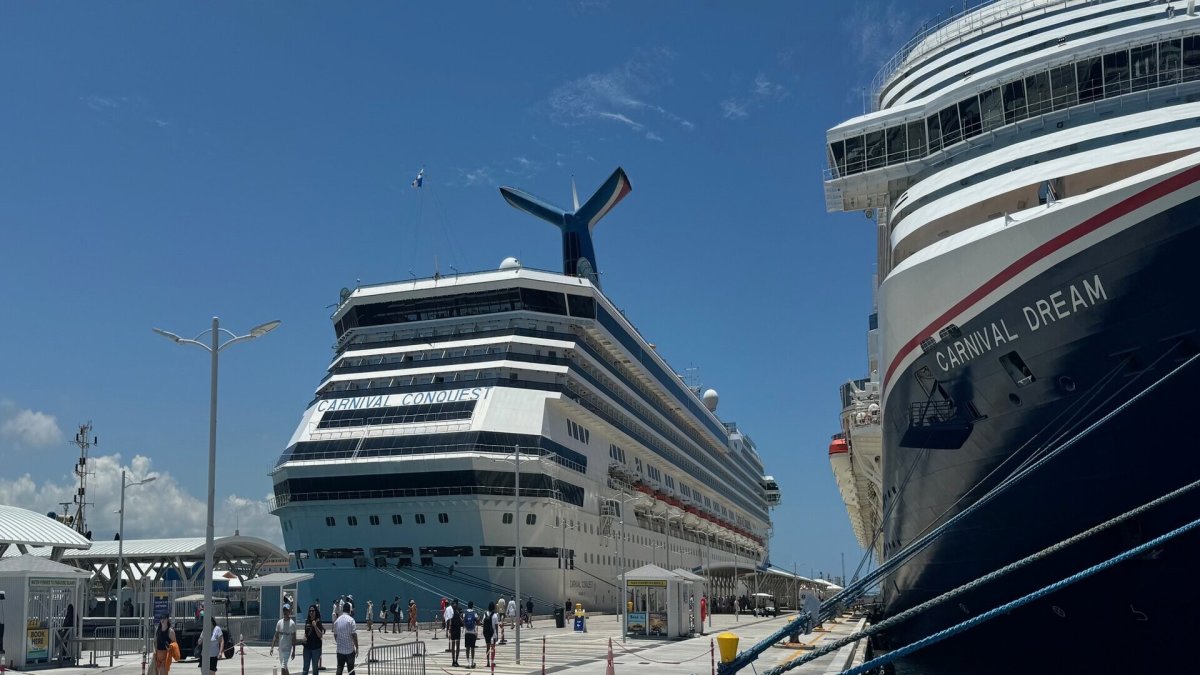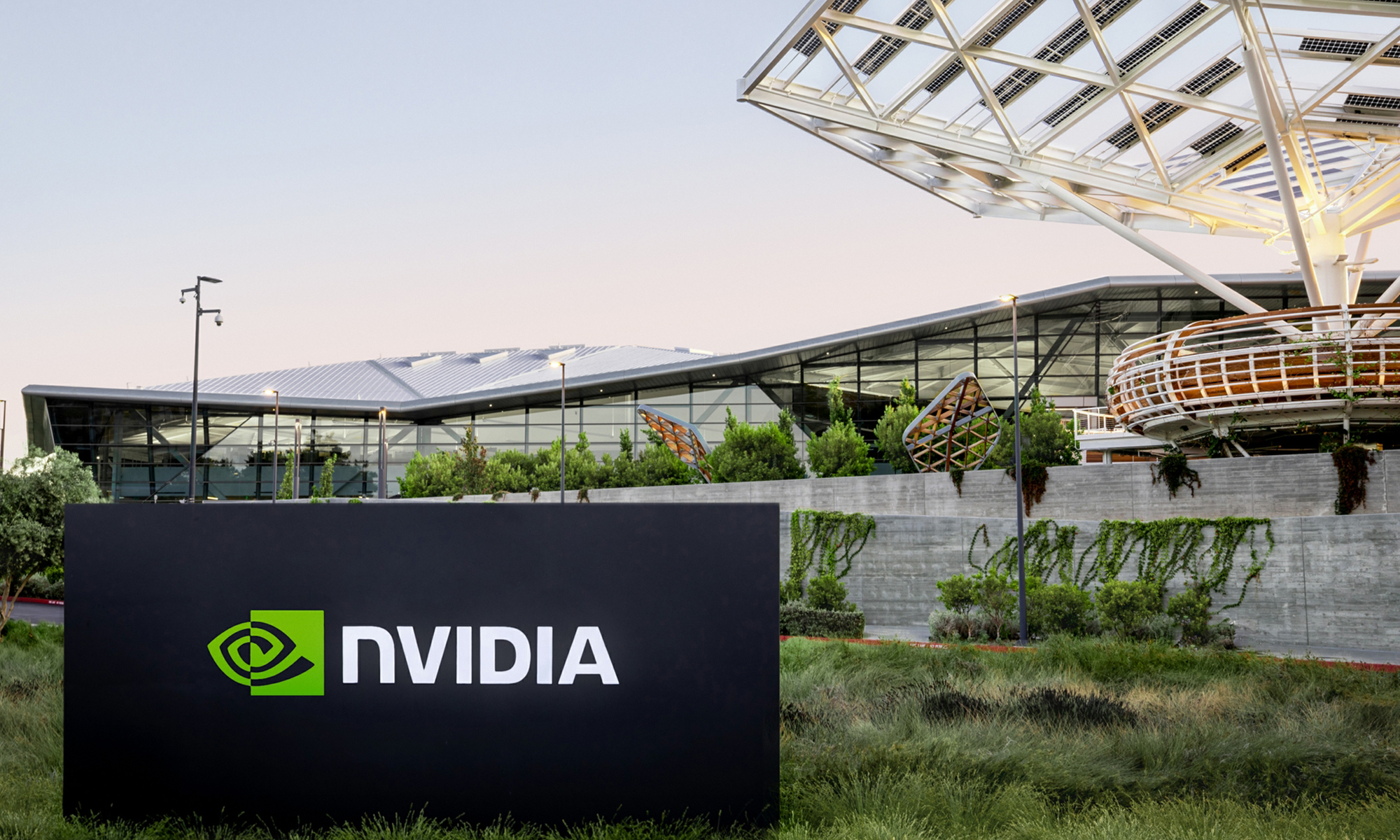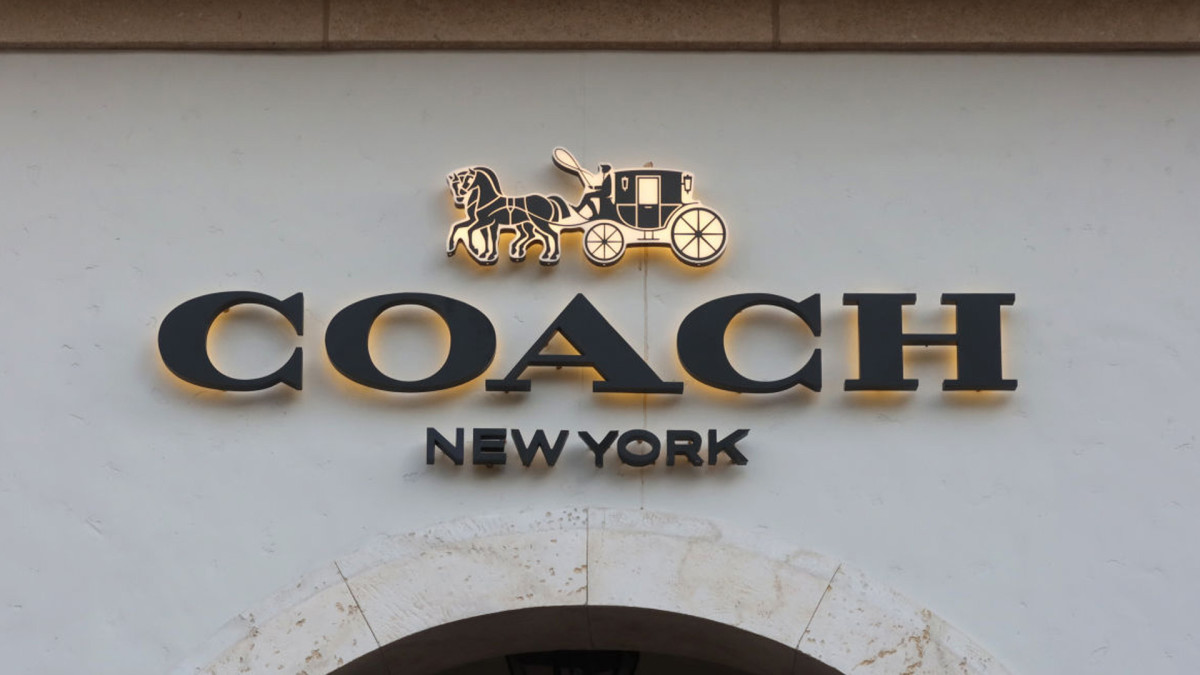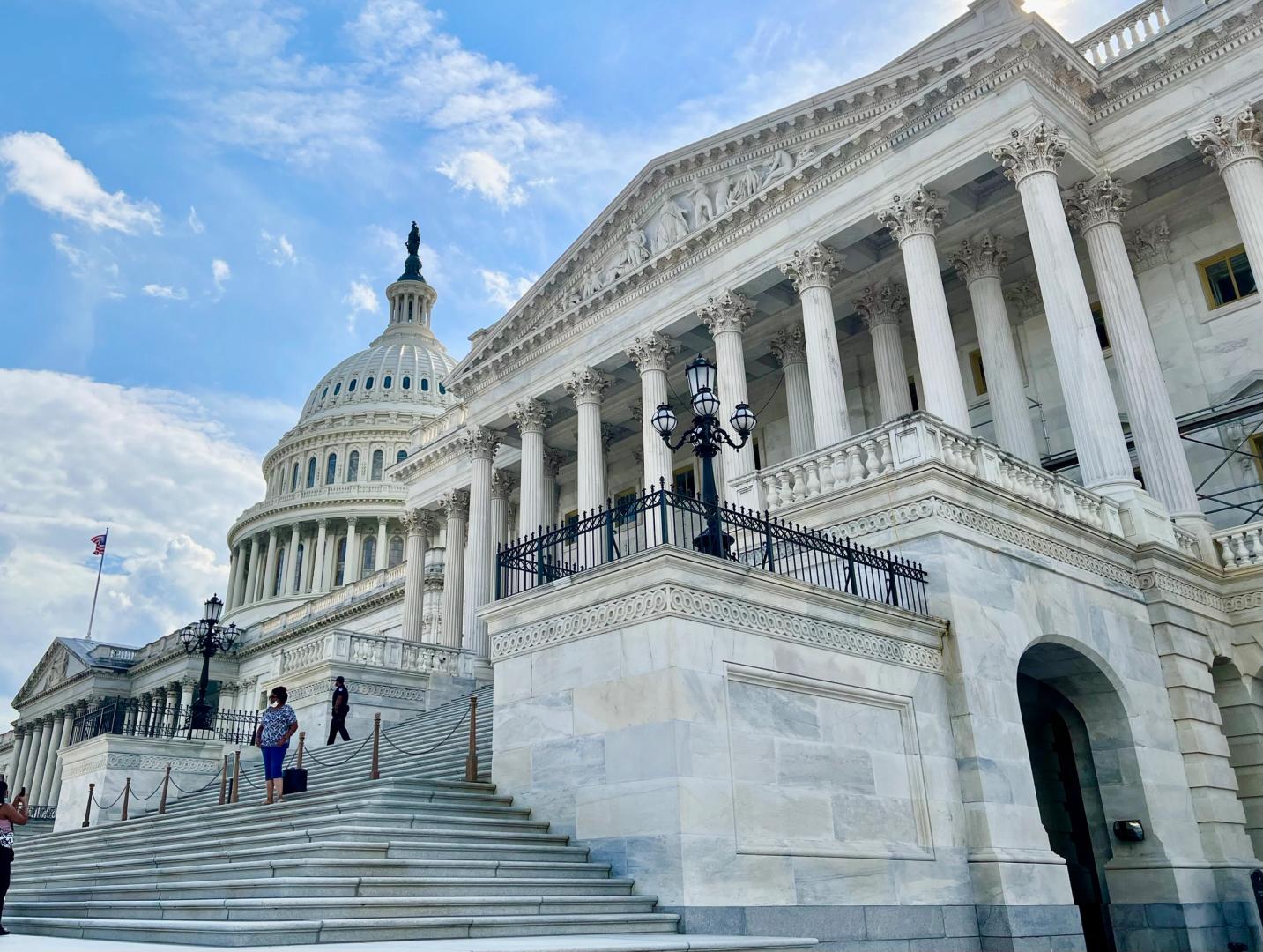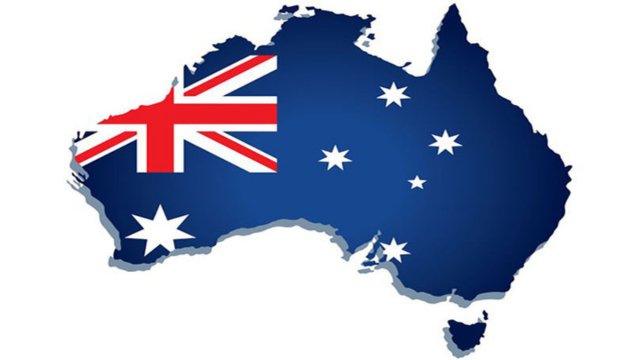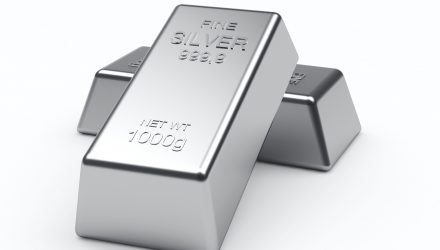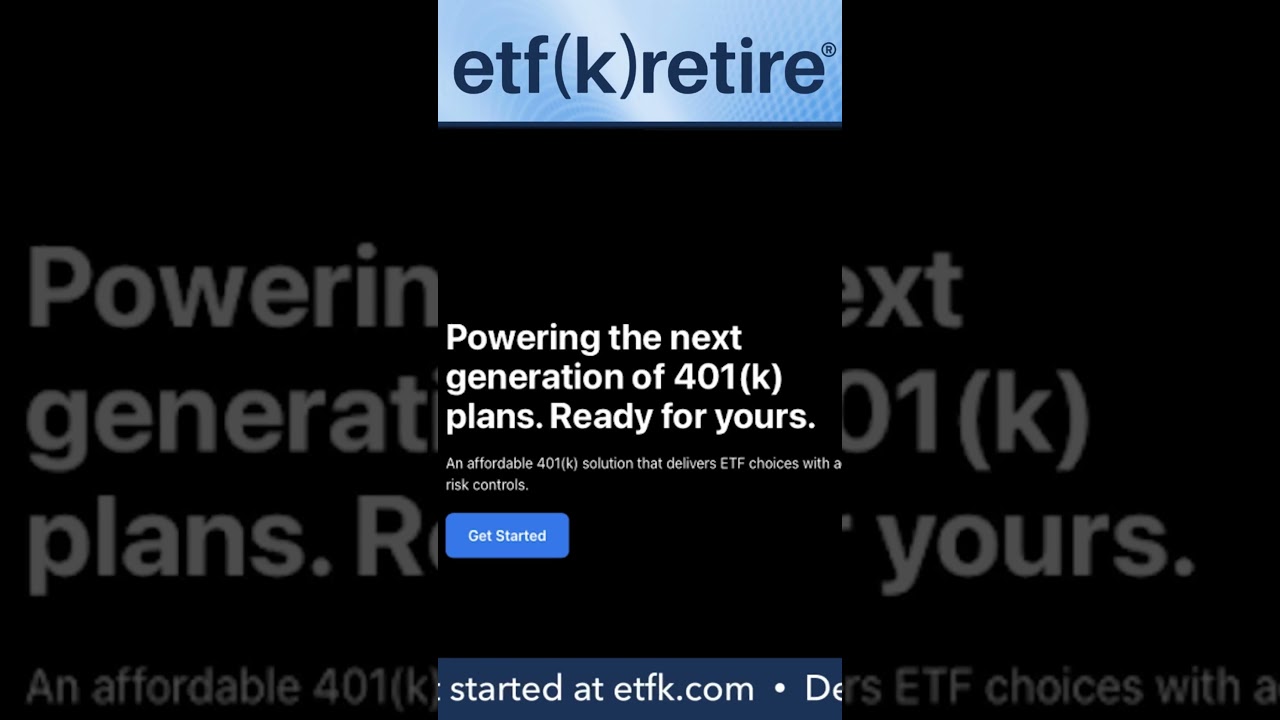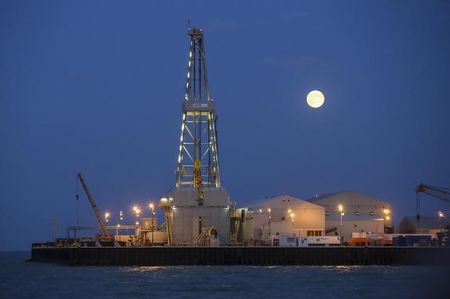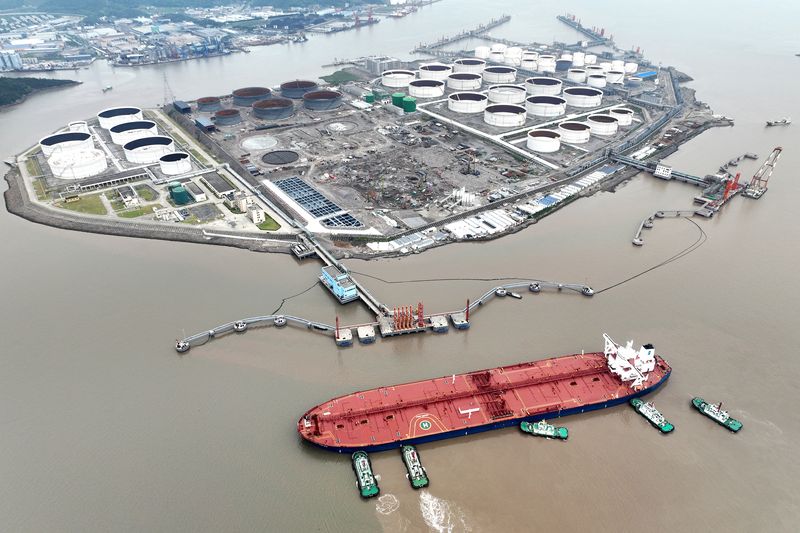As the mighty Permian Basin slows, Canada stands to rise in the shale oil and gas world
Kimmeridge activist investment firm eyes Canadian producers and new LNG projects.
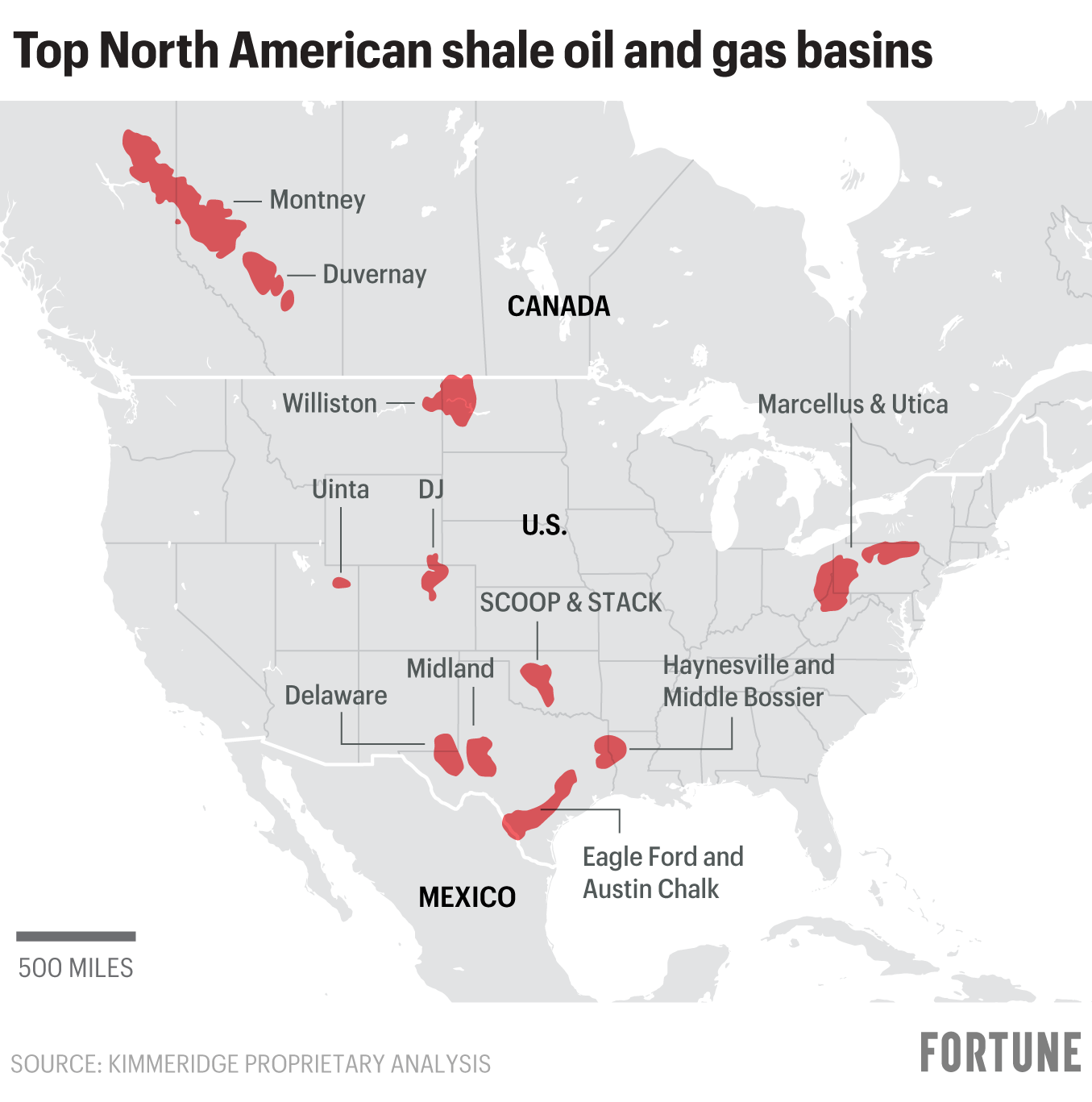
As the booming U.S. onshore oil and gas industry matures and efficiency levels fall, less active Canadian shale plays stand to benefit with arguably the best combination of quality inventory and longevity, according to a new white paper from Kimmeridge, a New York energy private equity firm with an activist bend, exclusively obtained by Fortune.
While the Permian Basin—including its Midland eastern lobe and Delaware western lobe—in West Texas is by far the king as it amazingly produces almost half of record-high U.S. crude oil supplies, its core areas are rapidly being drilled up as companies move to less efficient, lower-tier acreage and drilling depths.
It’s no coincidence then that Kimmeridge targeted its first Canadian producer, Advantage Energy, which is positioned in Canada’s Montney Shale. In March, Kimmeridge and Advantage reached a deal on adding new board directors. A potential sale of the company could even result from a planned strategic review.
More moves north of the border are likely to come, Neil McMahon, Kimmeridge managing director, told Fortune.
While the heavy oil sands still lead Canadian production, the gassier Montney and Duvernay shale plays—unlocked through drilling and fracking techniques pioneered in the U.S.— in Alberta and British Columbia are expected to see much more attention in the years ahead as the Permian and other more active U.S. basins slow down.
“North America should not be able to keep growing supply at its historical rates—rates on which the rest of the world has been heavily reliant for the past 15 years,” according to Kimmeridge’s report, “What Remains: North American Upstream Inventory.”
One key conclusion is that the Montney and Duvernay shale plays “may sustain higher returns for longer,” as well as Utah’s emerging Uinta Basin, which now has more railroad capacity to move oil out of the more sparsely populated state.
Only a handful of U.S. producers are in the Canadian shale—Ovintiv, ConocoPhillips, and Murphy Oil—while Kimmeridge sees the Canadian producers as scattered and in need of consolidation. Top Canadian producers in the Montney include ARC Resources, Tourmaline Oil, and Canadian Natural Resources. Of note, Kimmeridge led a proxy fight against Denver-based Ovintiv four years ago.
Amid lower oil price and plateaued North American crude production, Kimmeridge has placed its emphasis on natural gas and LNG (liquefied natural gas readied for export). There’s the Kimmeridge Texas Gas producer in South Texas and Kimmeridge’s planned Commonwealth LNG project along the Louisiana Gulf Coast. “We’ve very bullish on gas. That’s definitely a major theme for us,” McMahon said. “And the U.S. is running out of [drilling] inventory.”
He cited Kimmeridge’s aim as the “new BG of LNG,” referencing the BG Group (British Gas), which was acquired by Shell for $50 billion in 2016.
All eyes on gas
Global gas demand is rising largely for power demand, and LNG has made the U.S. the top gas exporter worldwide. Domestic gas demand also is increasing after nearly two decades of stagnation mostly because of the new data center construction boom.
McMahon said Kimmeridge is interested in western Canada LNG projects too depending on the nation’s political winds going forward, as well as the anticipated development of more pipeline projects. A big question is whether the controlling Liberal Party will prove more amenable to fossil fuel projects under newly elected leadership.
“It certainly would be a nice mirror reflection of our Gulf Coast LNG portfolio to have some that’s more Pacific [Ocean]-facing,” he said. “We would be very interested in the right opportunity.”
Kimmeridge’s white paper contends the Montney already is one of the most economically efficient shale plays, and it also has the most quality locations that remain un-drilled after the Permian’s Delaware Basin. But the Montney has the most bountiful inventory when factoring in its slower pace of activity compared to the hyperactive Delaware, according to Kimmeridge.
The Permian’s more mature Midland Basin is the most prime real estate, but it’s highly consolidated now after a big wave of mergers, and much of its core areas are drilled.
“Things are getting a bit tight and drilled up,” McMahon said. There won’t be much left of the Midland core inventory in five years, the paper argues. The Delaware Basin is less mature and will compete for longer, but its high activity levels will work against it eventually.
The Delaware has more gassy pockets and greater regulatory issues because it extends well into New Mexico. The Delaware is deeper, more complicated, and has less existing pipeline and processing infrastructure than the Midland Basin.
As of 2024, Kimmeridge ranks the Montney third in well economics behind the Delaware and Pennsylvania’s gassy Marcellus Shale.
In 10 years, Kimmeridge projects the Montney will rank first, followed, in order, by the Uinta, Duvernay, Delaware, and Marcellus.
“Even though North American inventory quality and duration have begun to decline, our inventory work gives us confidence that there are still plenty of great investment opportunities out there, some that the general market sees the value of and some that it does not,” the paper contends.
This story was originally featured on Fortune.com































